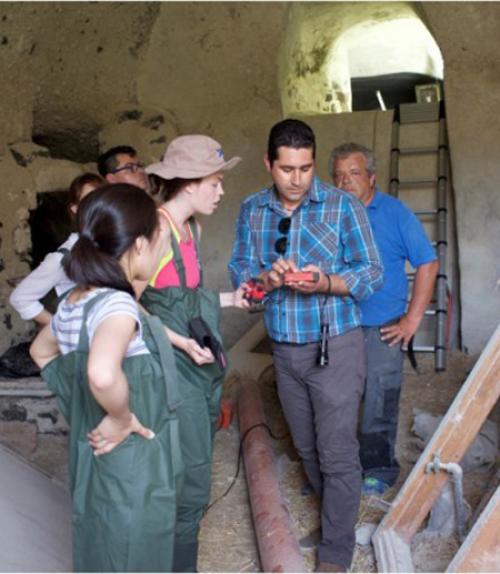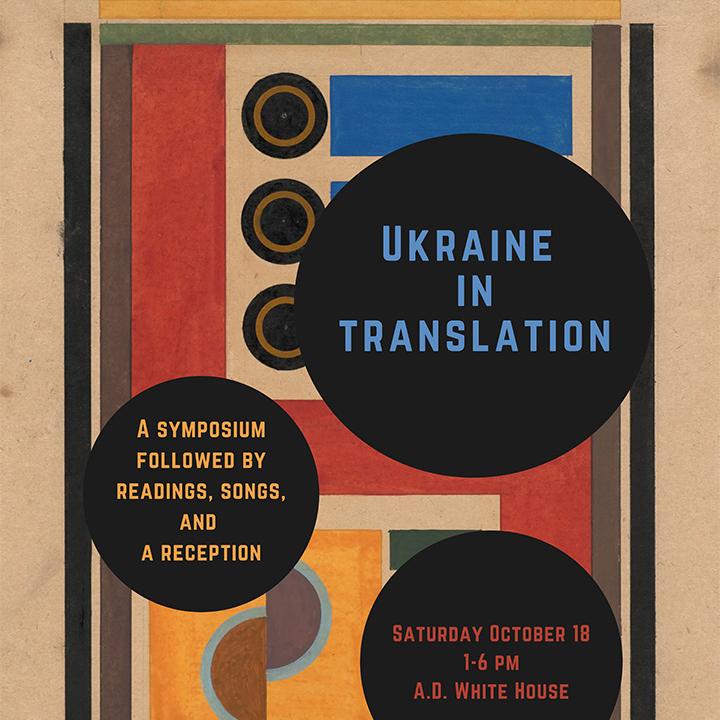
 Department Homepage
The College of Arts & Sciences
Department Homepage
The College of Arts & Sciences
Cisterns could boost sustainable tourism on Greek island of Santorini
Since the 1970s, the Greek island of Santorini has enjoyed a thriving tourism industry. While the nearly 2 million people who annually visit the island pump money into the local economy, they also put a tremendous strain on the island’s infrastructure, particularly the usage of water. This problem is compounded by a lack of rainfall during the dry summer months when the tourist season is at its peak.



